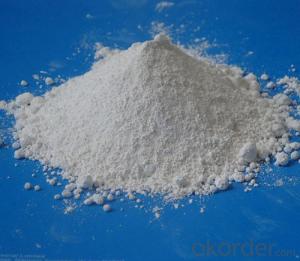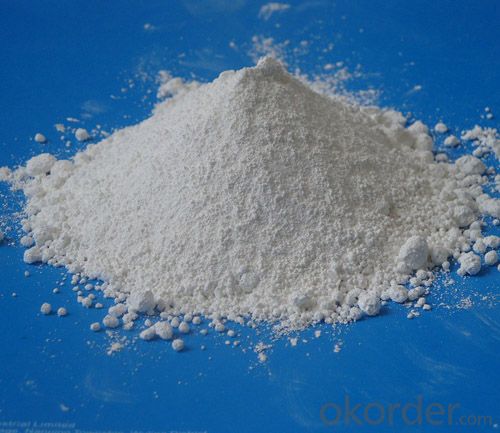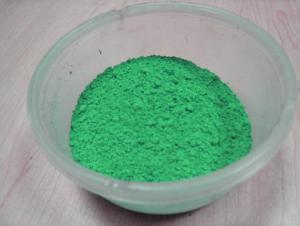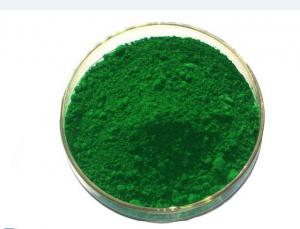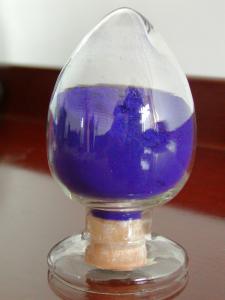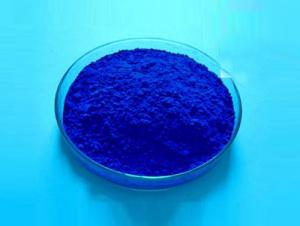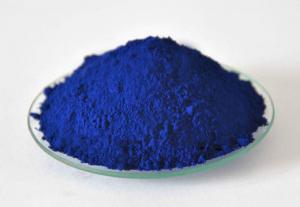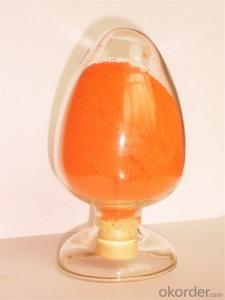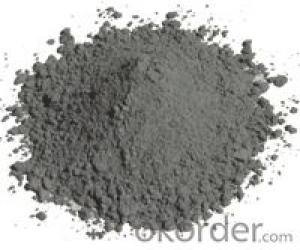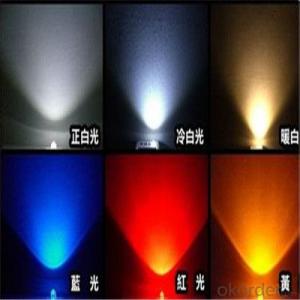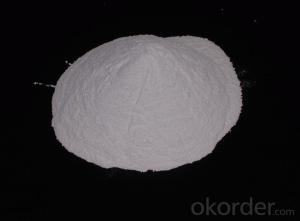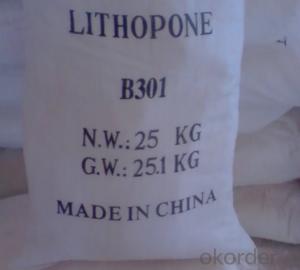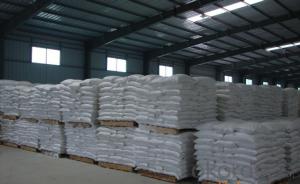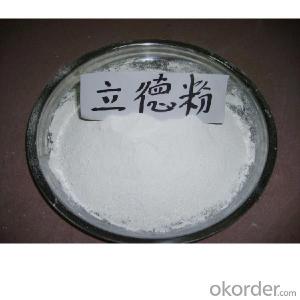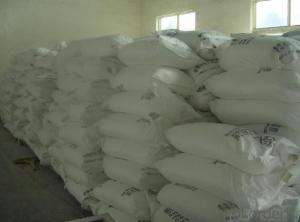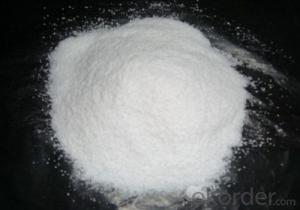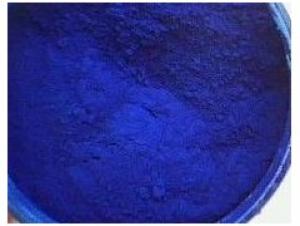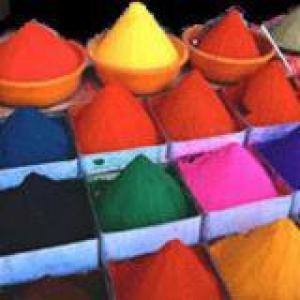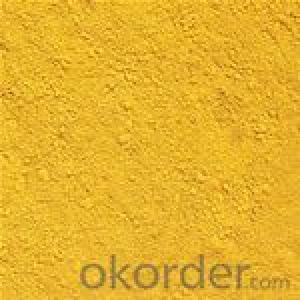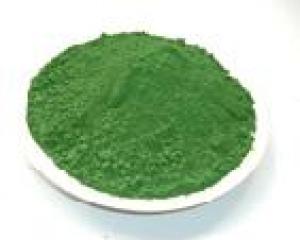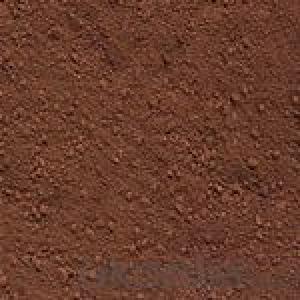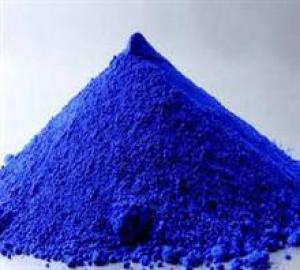Lithopon white powder for paints, coating, plastic, rubber,masterbatch use
- Loading Port:
- Tianjin
- Payment Terms:
- TT OR LC
- Min Order Qty:
- 20 m.t.
- Supply Capability:
- 2000 m.t./month
OKorder Service Pledge
OKorder Financial Service
You Might Also Like
Specifications
white powder pigment Lithopone 28%-30% for paint &coating
1 Timely delivery
2 High quality with best price
3 ISO&SGS qualifed
White Powder Pigment Lithopone 28%-30% For Paint &Coating
Characteristics:
High whiteness lithopone is a kind of new-style nontoxic, green, non- pollution lithopone, adopt unique nano technology production, coated by Silicon & Aluminum with characteristic resistance to acid and alkali, higher weathetability, nice optical performance, high whiteness and temperature resistant, strong hiding power and reducing power to prevent from yellow.
White Powder Pigment Lithopone 28%-30% For Paint &Coating
Applications:
Widely used in all paint coating papermaking, printing, ink, medium and low-grade paint coating can be instead of the alternative of titanium dioxide pigment.
White Powder Pigment Lithopone 28%-30% For Paint &Coating
Specification:
Test Project | Standard index value |
Antholeucin & BaSO4 % (m/m) ≥ | 99 |
ZnO% (m/m) ≤ | 0.3 |
105°C Volatile% (m/m) ≤ | 0.3 |
Water soluble % (m/m) ≤ | 0.3 |
Sieve residue (63μm mesh)% (m / m) ≤ | 0.1 |
Color (compare with standard sample) | Excel |
Alkali of the water extract | Neutral |
Oil absorption (g/100g) ≤ | 10 |
Color power consumption (with standard sample)% ≥ | 105 |
Conceal ability (contrast ratio) | Not Lower than 5% standard |
White Powder Pigment Lithopone 28%-30% For Paint &Coating
Notes:
Careful load and unload, be care not pollute or torn the package, avoid rain and insolation during transportation.
White Powder Pigment Lithopone 28%-30% For Paint &Coating
Store:
Store in ventilated and dry places, pile less than 20 tiers, keep away from goods that can effect the quality of the goods, against damp.
White Powder Pigment Lithopone 28%-30% For Paint &Coating
Package:
PP woven bag, paper bag net 25 kg, 500 kg, 1000 kg etc, also can be negotiated with the client.
White Powder Pigment Lithopone 28%-30% For Paint &Coating
packing & shipping terms:
Trade
| MOQ | 1 Ton | |
| Price | ||
| Port | Xingang Port, China | |
| Payment | L/C,T/T | |
| Supply Ability | 4000 Tons/Month | |
| Payment Terms | Sample | 3-5 Working Days |
| Lithopone | Within 15 Working Days | |
| Packaging | 25 or 50kg/woven bag or kraft paper or upon request | |
| Shipping | By Sea,Air | |
White Powder Pigment Lithopone 28%-30% For Paint &Coating
why choose us:
1. We are factory.we can guarantee production
2. High quality product
3. Considerate service
4. Efficient work and best quality
5. Products can be custom-made
6. Professional marketing team
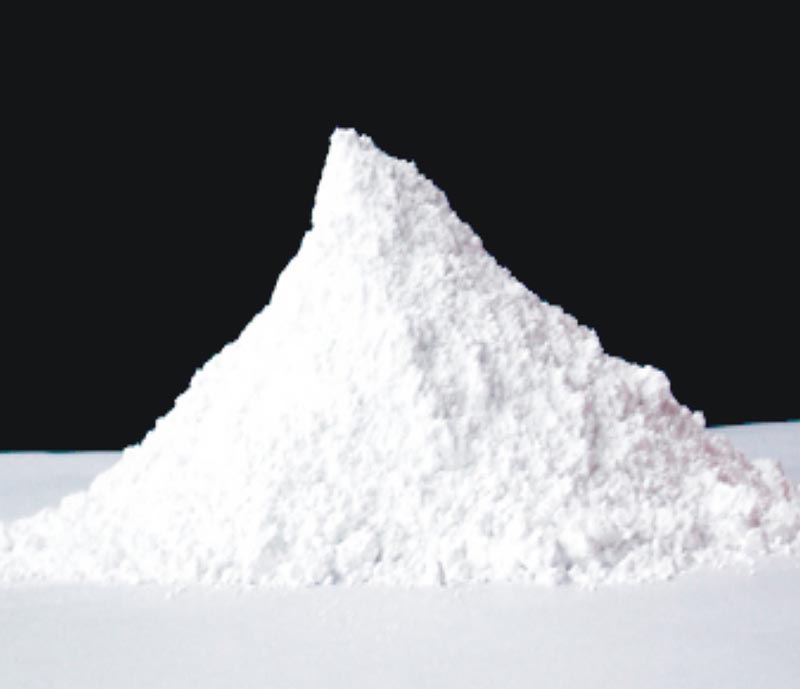
- Q: What is the difference between dyes and pigments? Could you give some examples of each one please.
- Dyes are dissolved in whatever solvent is used. Pigments are insoluble. Often a pigment is made by attaching a dye molecule to an insoluble particle. According to my sources a pigment is a coloring matter, usually in the form of an insoluble powder that is mixed with oil, water, etc. to make paint. The pigment lays on the surface and becomes part of the dry film. A dye is soluble in water and is used to color cloth, basket reed and other porous materials. A tube of white toothpaste would be a white pigment for some imaginary use. The same toothpaste, with a red dye added, would be a pink or red pigment. With an overwhelming concentration of dyes, or with black powder added, it could be a black pigment. Silver or metallic colorants can only be pigment.
- Q: what are the accessory pigments in plant photosynthesis?
- This Site Might Help You. RE: what are the accessory pigments in plant photosynthesis?
- Q: My wife went to the eye doctor to get new glasses (because she couldn't renew her driver's license with her glasses she had been using), and the doctor said that she wasquot;losing pigment" in both of her eyes. He said not to worry, but he wants her to make an appointment every 6 months, instead of just once a year.What does it (her losing pigment in her eyes) mean? Is it really nothing to worry about?(My wife doesn't seem worried, she hates going to doctor's but she trusts them when she goes to them; she doesn't ask questions-- she feels that if she needed to know something the doctor would tell her.)
- My okorder .
- Q: PLEASE TRY!, to awnser ANY of the questions below.~What factors cause leaves to change colors. Where do these colors come from?~What are the names of the specific chemical pigments that cause the colors we see (reds, yellows, purples, browns, greens etc.) These are the same pigments (chemical that causes color) that give fruit their different colors.~What is the process (how it happens) that cause leaves to fall off of the branches. Explain at the cell level. (picture)Please try to awnser. Thanks.
- 1shorter days and cooler temperatures 2they emerge from being obscured by the more numerous chlorophyll 3carotenoids,etc 4 senescense then abscission.the abscission zone has thin-walled cells,plant hormones decrease,a separation layer forms,cells form suberin thus isolating leaf from stem,fall
- Q: I need to know the classes and sub classes of pigments classification
- INORGANIC PIGMENTS Oxides Chromates Sulphides Sulphoselenides Sulphates Silicates Ferrocyandies Carbonates Metallic Mixed Metal Oxides Vanadates ORGANIC PIGMENTS Organic pigments are generally categorized into six types : ?Monoazo Pigments ?Diazo Pigments ?Acid and base dye Pigments ?Phthalocyanine Pigments ?Quinacridone Pigments ?Other polycyclic Pigments if you want more detail: ORGANIC PIGMENTS: 1.AZO Pigments : Monoazo Yellow and Orange Pigments. Disazo Pigments. β-Naphthol Pigments. Naphthol AS Pigments (Naphthol Reds). Azo Pigment Lakes (Salt Type Pigments). Benzimidazolone Pigments. Disazo Condensation Pigments. Metal Complex Pigments. 2.POLYCYCLIC Pigments: Phthalocyanine Pigments. Quinacridone Pigments. Perylene and Perinone Pigments. Diketopyrrolo–Pyrrole (DPP) Pigments. Thioindigo Pigments. Isoindolinone and Isoindoline Pigments. 3. Anthraquinone Pigments. Anthrapyrimidine Pigments. Flavanthrone Pigments. Pyranthrone Pigments. Anthanthrone Pigments. 4. Dioxazine Pigments. Triarylcarbonium Pigments. Quinophthalone Pigments
- Q: I have dyed my hair dark brown for months now it keeps fading because i've had bleach on before hand, so I need some advice on buying decent hair dyes for pre-pigmenting it so my hair dye stops fading out into a horrible gingery brown!
- Pre Pigmenting Will Help Prevent Fading But, You Said Your Hair Had Been Bleached Before. So, You May Need Some DEEP Protien Reconditioning Too. Start By Using A Good Protien Treatment After Every Shampoo. Then, Use A Color Treatment Like ARCtec (Found In Salons And Beauty Supplies) This Will Build-Up The Hair's Pigment Levels. There Are Also Pre-Color Treatments Like L'OREAL Pre-Color Primer, That Will Help Color To Take More Evenly And Last Much Longer. Also, Try MATRIX ForteThérapie Cera-Repair. It Contains Ceramides, Which Are The Glue That Hold Hair And Skin Cells Together. With The Internal Structure And Surface Cells On The Hair (The Cuticle) Reinforced, Your Color WILL Last Longer.
- Q: As in like makeup pigments??????
- technically, pigment is a colored mineral of some kind that is ground as fine as possible. (i.e., cobalt is blue, iron produces reds, etc.) Pigment is the same whether it's in cosmetics, ceramics, or in paint. However, modern chemicals may also have the effect of coloring the ingredients of cosmetics, but that would make them a colorant, not a pigment.
- Q: Pleaseeeeee answer A.S.A.P Pleaseeee! Are pigments haram?
- Pigments are extracted from plants as well as animals . For more kindly click on the link below = en.wikipedia.org/wiki/Biological_... Most of the pigments that we use are either from plants ,from minerals or synthetic in origin . Most of the edible pigments are synthetic or from plants so they are not haram . It is now compulsory to indicate any animal material used in any edible product including tooth pastes by a deep red square on the label . If it is 100% plant product then green squre is shown on the label . So you can judge if it is Haram or not by yourself.
- Q: Can somebody answer this in AP BIO language please
- A pigment molecule absorbs at specific wavelength(s), meaning that when light of a specific wavelength is incident to the molecule only certain wavelengths are absorbed while others are transmitted. The spectrophotometer emits monochromatic light (light of only one wavelength) which passes through the pigment molecule and a detector determines the amount of light that is either absorbed or transmitted by the sample. This is done at wavelengths from the UV (180-330 nm) to the visible (330-700 nm) and the light that is either transmitted or absorbed is detected by the spectrophotometer and is able to be graphed with absorbance representing the y-axis and wavelength representing the x-axis. The resultant graph will depict the absorption spectrum of that particular pigment molecule. Hope that helps.
Send your message to us
Lithopon white powder for paints, coating, plastic, rubber,masterbatch use
- Loading Port:
- Tianjin
- Payment Terms:
- TT OR LC
- Min Order Qty:
- 20 m.t.
- Supply Capability:
- 2000 m.t./month
OKorder Service Pledge
OKorder Financial Service
Similar products
Hot products
Hot Searches
Related keywords
